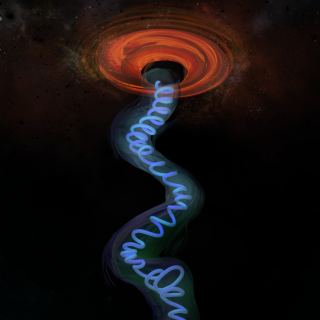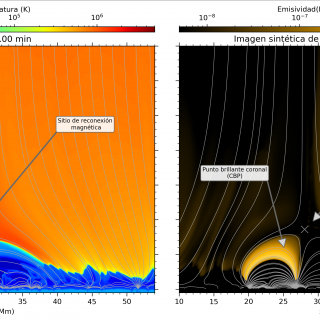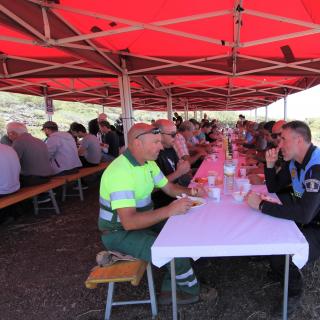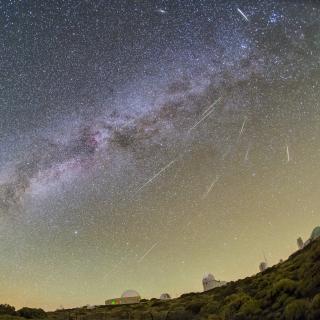
The international collaboration Whole Earth Blazar Telescope (WEBT), in which researchers from the Instituto de Astrofísica de Canarias (IAC) participate, has discovered rapid and quasi-periodic variations in the observed brightness of the blazar BL Lacertae, located about a billion light-years away. These changes were observed during a strong outburst in 2020 and their origin is associated with a jet of high-energy particles. The study has used data from space satellites combined with observations from ground-based infrastructures, including the Teide Observatory (OT) and the Roque de los
Advertised on




